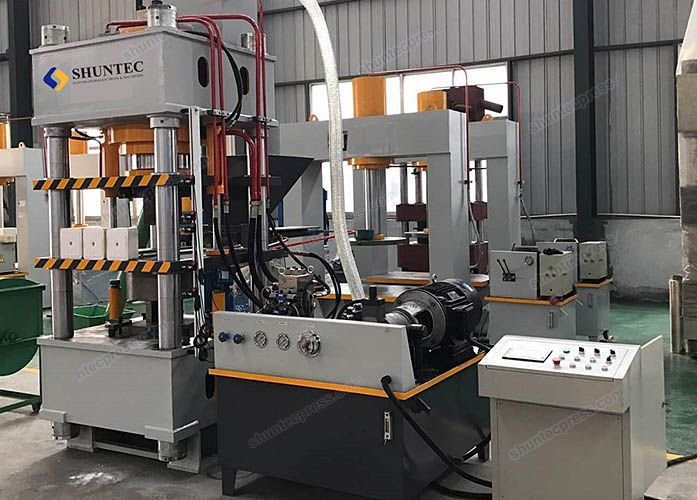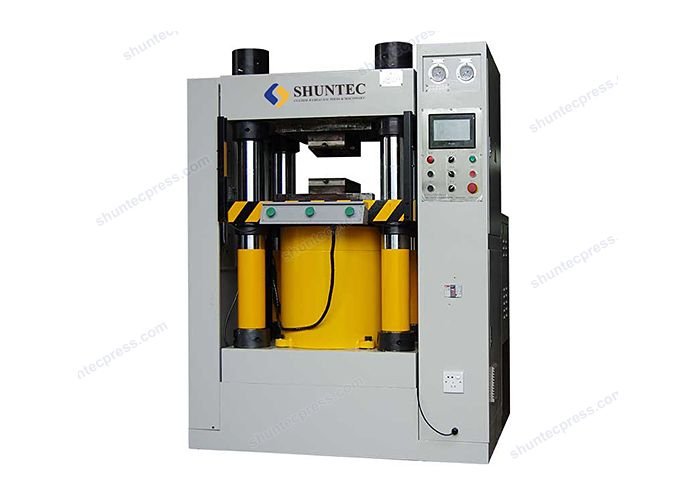


The Hydraulic Cylinder Is The Executive Element In The Hydraulic Transmission System.
It is the energy conversion device that converts hydraulic energy into mechanical energy. The hydraulic motor makes continuous rotary motion, while the hydraulic cylinder makes reciprocating motion. The quality of the hydraulic cylinder is the key to the performance of the hydraulic system. Therefore, designers should consider as many factors as possible when designing hydraulic cylinders.
Let’s Look At The Following Factors To Be Considered In The Design Of Hydraulic Cylinders
1) Ensure the reciprocating motion speed of the hydraulic cylinder and the amount of traction needed by the stroke.
2) Minimize the size of the hydraulic cylinder as much as possible to make the whole structure compact.
3) The piston rod is best to be pulled instead of being compressed to avoid bending deformation.
4) Ensure that each part has sufficient strength, rigidity, and durability.
5) Try to avoid lateral load on the hydraulic cylinder.
6) When the piston rod of the long-stroke hydraulic cylinder stretches out, sagging should be avoided.
7) Pay attention to eliminating the deflection between piston, piston rod, and guide rail.
8) According to working conditions and other specific conditions of the hydraulic cylinder, consider buffering, exhaust, and dust-prevention measures.
9) The design must include a sealing device to prevent leakage.
10) The hydraulic cylinder should not be restricted and bent due to temperature changes, especially long hydraulic cylinders.
11) When designing the structural elements of hydraulic cylinders, designers should adopt standard series sizes and try to choose frequently used standard parts.
12) Try to achieve low cost, easy manufacture, and convenient maintenance.
When Designing The Hydraulic Cylinders, Designers Should Also Consider What Materials To Be Used To Achieve Good Quality And Performance.
Here we introduce some materials that are usually used in the cylinder block, piston, and piston rods
1) Cylinder body
Machine tools: mostly use high-strength cast iron (HT200); when the pressure exceeds 8MPa, use seamless steel pipes.
Construction machinery: mostly use 35# steel and 45# steel seamless steel pipes.
2) Piston
Integral pistons: mostly use 35# steel and 45# steel.
Assembled pistons: grey cast iron, wear-resistant cast iron, aluminum alloy, etc. are often used. For special needs, bronze, brass, and nylon wear-resistant sleeves can be installed on the outer surface of the steel piston billet.
3) Piston rod
Generally, 35# steel and 45# steel are used for the piston rods. Under some circumstances, the hydraulic cylinder is subject to large shock and vibration, then alloy materials such as 55# steel or 40Cr can be used.

